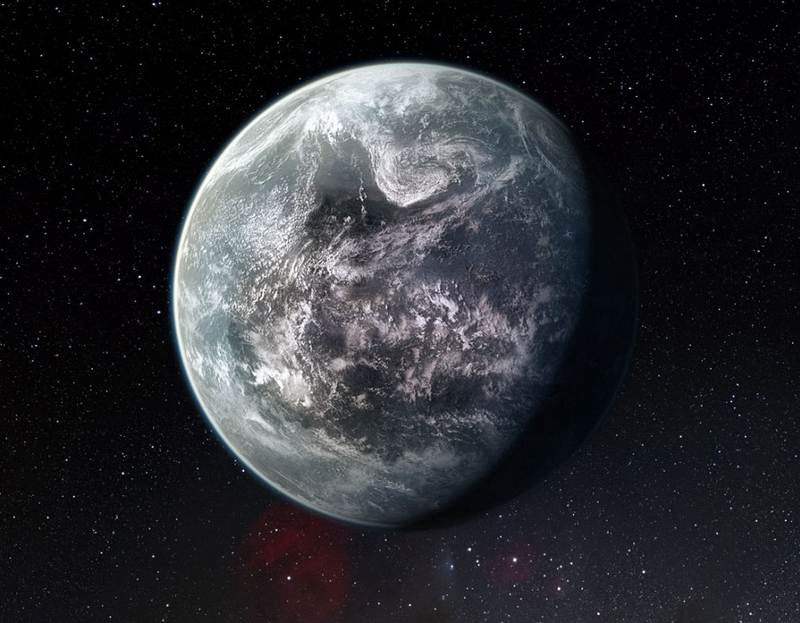Discovered that 9 'super-Earths' can support life
On March 23, the Southern European Observatory (ESO) reported that it had found 9 "super-Earths" in a study on 120 red dwarfs.
>>>Discover more than 1000 new planets outside our solar system
Less radiant stars in the Milky Way show that our galaxy has billions of rock-core planets in life-support areas like Earth.
"Super-Earths" are rock-core planets, unlike giant gas planets, constantly revolving around its star in an orbit called the Goldilock region, where the temperature it receives is not too hot or too cold, just enough to support life.

In this area, water can exist in liquid form.
ESO used a 3.6-meter telescope, known by the industry as HARPS, at their observatory located in Chile's Atacama desert.
"Our new observations with HARPS show that about 40% of red dwarfs have a super-Earth flying around the Goldilock region, where liquid water can exist on the planet's surface" - Xavier Bonfils, a member of the group, from the Grenoble University in southeastern France, said - "Because there are so many red dwarfs, with about 160 billion stars in the Milky Way, the result will be tens of billions of super-Earth planets in our own galaxy ".
According to EOS estimates, there are about 100 super-Earths in the stars less than 30 light-years away.
In cosmological terms, this distance is extremely small. But with the current technology, humanity is completely unable to reach these planets.
According to the planetary planetary encyclopedia, a total of 763 extrasolar planets, the term refers to a planet in the star system other than our solar system, which has been found since The first alien planet was discovered in 1995.
- Our earth is a unique planet in the universe?
- Discovering super Earth could be very close to us
- Discover three new 'Super Earths' around the star LP 415-17
- Expand the limits of life on the planet
- 60 billion planets can support life
- Recovering mobility with super power clothes
- Unexpectedly discovered 'super life' up to 50,000 years old
- Super storm is enough to swallow 4 Earths
- Why does the star system have 3 super new Earth?
- The soil on Mars has the ability to support life
- Discover the molecules needed for life around a super giant star
- Discovering 'super ice monster' destroying alien life
 Van Allen's belt and evidence that the Apollo 11 mission to the Moon was myth
Van Allen's belt and evidence that the Apollo 11 mission to the Moon was myth The levels of civilization in the universe (Kardashev scale)
The levels of civilization in the universe (Kardashev scale) Today Mars, the sun and the Earth are aligned
Today Mars, the sun and the Earth are aligned The Amazon owner announced a secret plan to build a space base for thousands of people
The Amazon owner announced a secret plan to build a space base for thousands of people